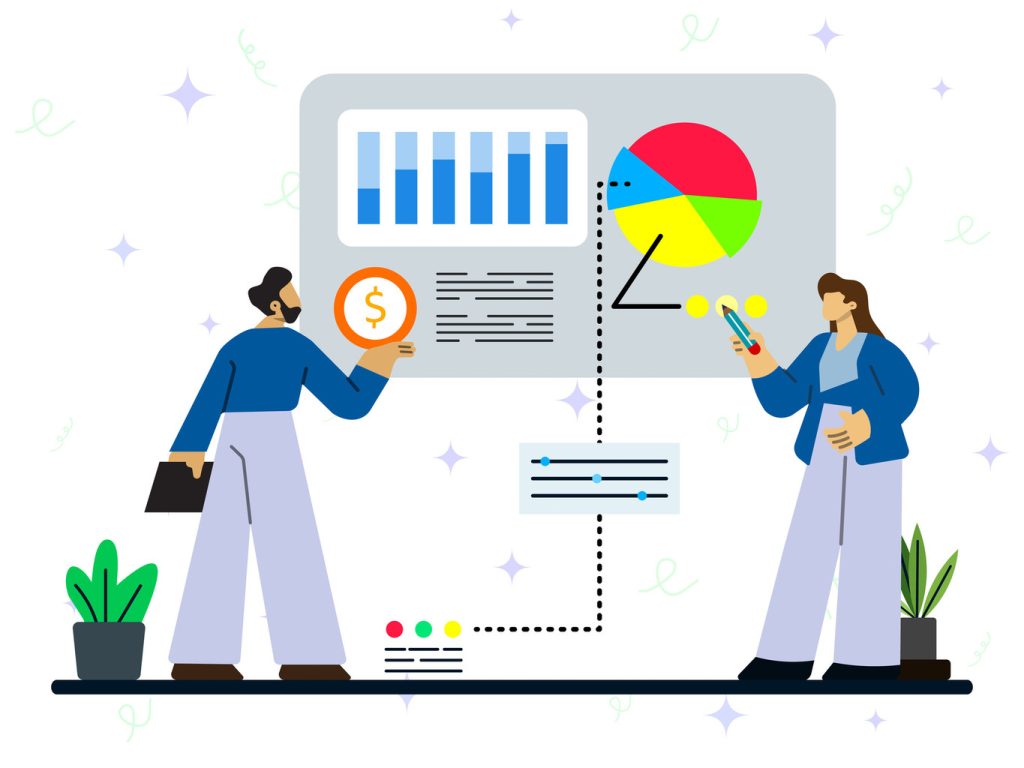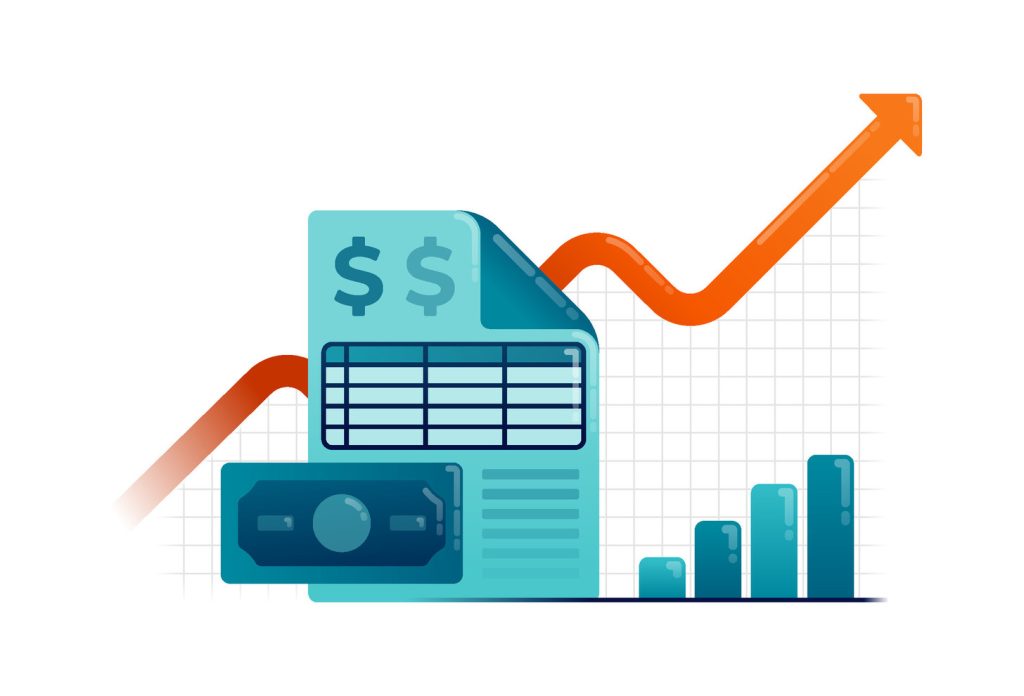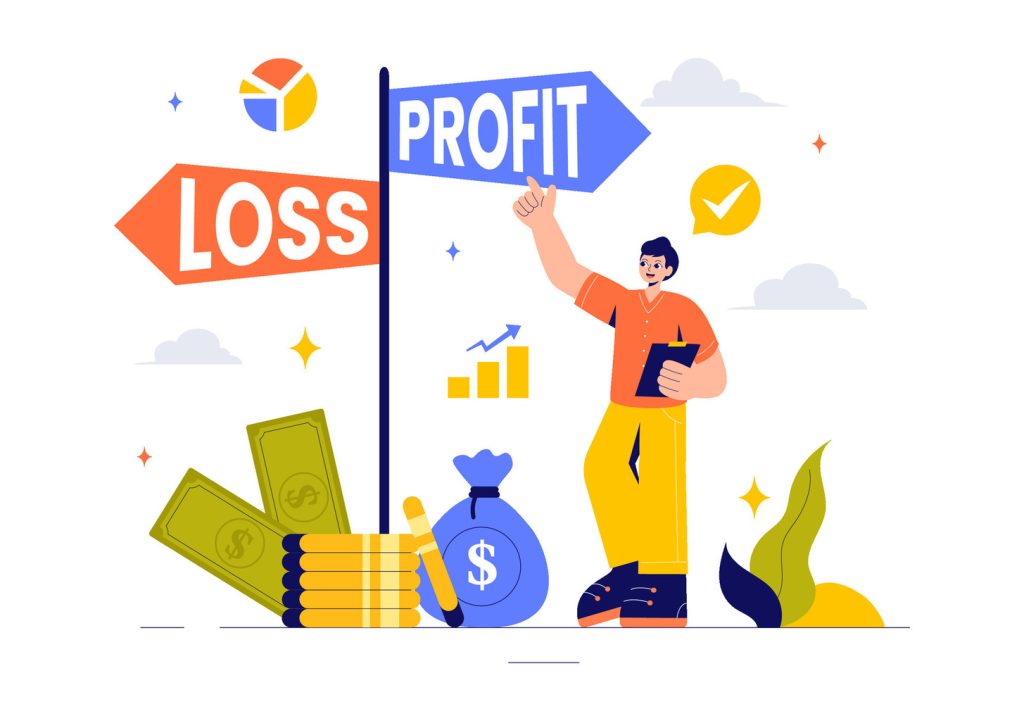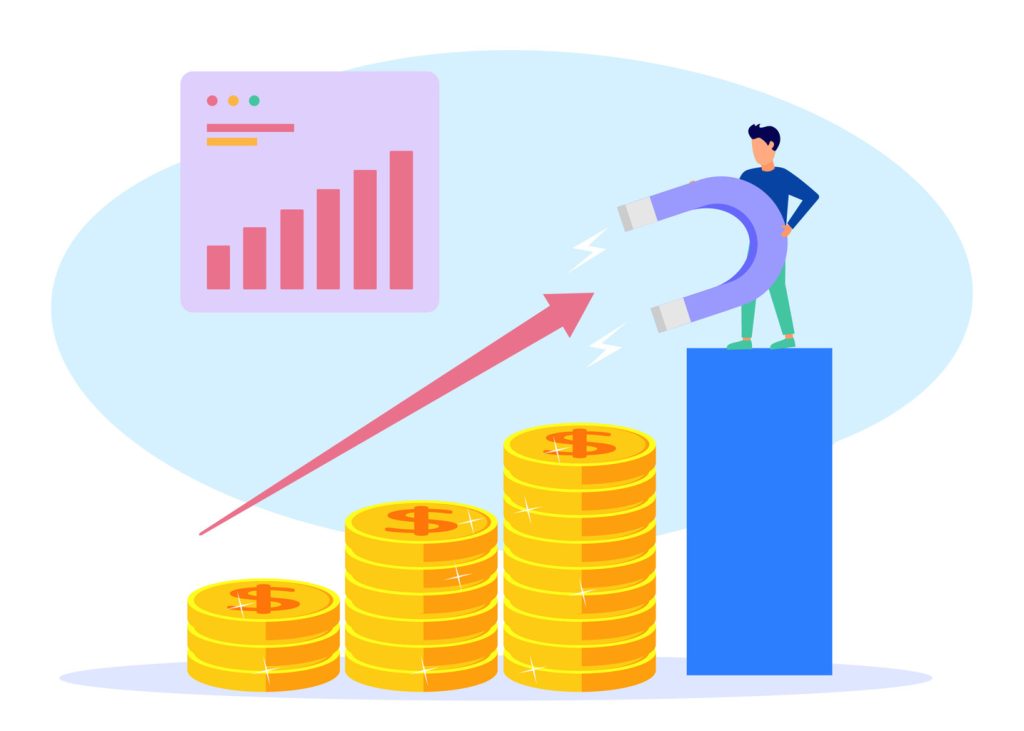How to Conduct a Project Profitability Analysis Effectively

Understanding a venture’s financial potential is critical for long-term success, which is why Project Profitability Analysis plays such a key role. In industries like construction, where 20% of new businesses close within a year, evaluating returns against costs separates thriving organizations from struggling ones. This process isn’t just about crunching numbers—it’s about building a roadmap for smarter decisions.
By measuring revenue streams against expenses, teams gain clarity on which efforts deliver real value. Companies that prioritize this evaluation often outperform competitors, redirecting resources to high-impact projects while avoiding costly missteps. It turns complex data into practical strategies for pricing, staffing, and growth.
The benefits extend beyond initial planning. Regular reviews create a feedback loop, sharpening forecasting accuracy and minimizing risks. Leaders can align every decision with measurable outcomes, whether securing stakeholder buy-in or refining operational benchmarks. This approach doesn’t just protect margins—it fuels sustainable expansion.
Key Takeaways
- Identifies high-return initiatives to prioritize resource allocation
- Reduces failure rates by flagging financial risks early
- Improves pricing strategies through data-driven insights
- Strengthens stakeholder confidence with clear ROI projections
- Enhances forecasting by comparing actual vs. estimated results
Understanding Project Profitability Analysis

A thorough examination of financial metrics is key to sustainable business growth. This process transforms raw data into actionable insights, helping teams distinguish between profitable ventures and resource drains. By focusing on measurable outcomes, organizations build resilient strategies that adapt to market shifts.
Project Profitability Analysis: Definition and Key Concepts
Financial evaluation relies on three core terms:
- Gross margin: Revenue minus direct costs, showing baseline earnings
- Net margin: Final profit after all expenses, including taxes and overhead
- Benefit-cost ratio: Compares returns to investments for priority ranking
These metrics work together to reveal a project’s true economic impact. For example, a high gross margin with low net margin signals hidden operational costs needing attention.
Importance in Business Decision-Making
Leaders use these insights to guide resource distribution and pricing models. Companies that track margins consistently identify underperforming areas 34% faster than competitors. This clarity supports:
- Realistic goal-setting based on historical performance
- Risk reduction through early financial red flags
- Improved stakeholder trust via transparent reporting
Specifically, regular reviews create a feedback loop, refining forecasts and aligning team efforts with organizational objectives. Consequently, when financial metrics drive decisions, businesses maintain agility in dynamic markets while protecting long-term stability.
Getting Started with Your Analysis Framework
To begin with, effective financial evaluation starts with mapping every dollar flowing in and out. In turn, this framework separates speculation from reality, turning spreadsheets into strategic tools. Ultimately, by structuring income and outlays systematically, teams create actionable insights for smarter investments.
Pinpointing Income Streams
Revenue identification demands meticulous tracking of all cash inflows. Contracts often include multiple payment types: upfront deposits, progress billing, and performance incentives. A $20,000 advertising campaign might generate additional income through client-approved scope expansions or early completion bonuses.
Timing matters as much as amounts. Aligning recognized revenue with delivery milestones prevents cash flow gaps. Software platforms automate this process, matching payments to completed work phases while maintaining audit trails.
Cataloging Direct Expenditures
True cost calculation begins with labor. An employee earning $85,000 annually with benefits costs approximately $40.14/hour across 2,080 work hours. Contractor rates often exceed $100/hour but eliminate long-term benefit expenses.
Beyond salaries, direct expenses include travel, specialized tools, and subcontractor fees. A marketing team might allocate $1,200 for client meetings and $5,000 for freelance designers. These figures create baseline metrics for comparing future bids against actual spending.
Step-by-Step Project Profitability Analysis Calculation Process

Transform financial data into actionable insights through structured calculations. This systematic approach converts raw numbers into clear performance indicators, guiding strategic adjustments across teams.
Calculating Gross Profit in Project Profitability Analysis
Start by subtracting external costs from total revenue. For a $50,000 venture with $8,500 in expenses, this reveals $41,500 in raw earnings. This foundational metric shows whether pricing covers material expenses before labor considerations.
Determining Net Project Profit
Deduct labor costs from gross profit to find true financial impact. Using the same example:
- $41,500 gross profit
- $20,000 team compensation
- $21,500 net profit
This figure represents actual earnings after all direct costs—crucial for comparing ventures of different scales.
Assessing Delivery Margins
Convert absolute profits into comparable percentages using this formula:
“(Net Profit ÷ Total Revenue) × 100 = Delivery Margin”
The $21,500 profit on $50,000 revenue yields a 43% margin. While industry leaders target 60-70% per initiative, maintaining 50% across all work prevents cash flow issues. Regular margin tracking helps teams spot pricing gaps and efficiency opportunities faster.
These calculations create financial transparency. Organizations using this method report 28% fewer budget overruns and 19% higher client retention rates within six months.
Project Profitability Analysis Using Modern Tools
Nowadays, modern businesses leverage cutting-edge software to transform financial oversight from reactive guesswork to proactive strategy.
Moreover, these solutions eliminate spreadsheet chaos by automating calculations and surfacing insights through intuitive dashboards.
Software Solutions and Automation for Project Profitability Analysis
Professional services automation platforms like Scoro consolidate financial tracking across teams. Users configure role-based labor rates that auto-update with salary changes—a $50/hour designer’s cost adjusts instantly if benefits increase by 12%.
| Feature | Manual Process | Automated Tool |
|---|---|---|
| Cost Tracking | 3-5 hour weekly updates | Real-time sync with payroll |
| Expense Allocation | 35% error rate | 98% accuracy via Expensify integration |
| Margin Reporting | Monthly summaries | Live dashboards |
“Automation doesn’t replace human judgment—it amplifies it by freeing teams from data entry to focus on strategic decisions.”
Real-Time Data Tracking and Reporting
Cloud-based management software connects field teams with accounting systems. A construction firm’s QuickBooks integration flags when material costs exceed estimates by 15%, triggering instant budget reviews.
Custom reports reveal patterns across clients or timelines. Marketing agencies use these insights to phase out low-margin services—boosting net earnings by 22% in one quarter.
- Secure mobile access for approvals during client meetings
- Automatic alerts for cost overruns
- Exportable profit forecasts for stakeholder reviews
Strategies for Maximizing Profit Margins

In essence, smart resource management bridges the gap between revenue goals and actual earnings. Consequently, businesses achieve sustainable growth by aligning pricing structures with operational realities while eliminating financial waste. Specifically, three approaches drive consistent results: strategic rate setting, workforce optimization, and process refinement.
Optimizing Pricing and Resource Allocation
Market analysis reveals ideal price points that balance competitiveness with value. A landscaping company might charge $75/hour for design services—20% above competitors—by emphasizing certified horticulturists and 3D visualization tools. This premium rate directly impacts profit margins without sacrificing client demand.
Matching employee skills to tasks maximizes billable hours. Software developers earning $120,000 annually should spend 75%+ time on high-value coding—not meetings. Teams using skill-based resource allocation report 18% higher margins through reduced downtime.
“Pricing isn’t about covering costs—it’s about capturing the perceived value your expertise delivers.”
Implementing Cost-Efficient Practices
Lean management slashes unnecessary expenses. Construction firms using just-in-time material ordering cut storage cost by 30% while maintaining project timelines. Digital procurement platforms automate price comparisons, securing better deals on bulk purchases.
Trade credit terms boost cash flow flexibility. Suppliers offering 60-day payment windows let contractors use materials immediately while delaying outlays. Early payment discounts (2% for 10-day settlements) add 4-6% to net profit annually when utilized consistently.
Sustainability drives dual financial wins. Energy-efficient equipment reduces utility bills by 22% on average—a direct cost saving—while attracting eco-conscious clients willing to pay 15% premiums for green practices.
Integrating Insights into Broader Business Decisions
Turning financial insights into actionable strategies requires connecting data patterns to organizational priorities. Leaders who bridge departmental silos create alignment between operational metrics and company-wide objectives. This integration transforms isolated numbers into unified roadmaps for sustainable growth.
Evaluating Performance Trends
Historical data reveals which client types and service categories drive consistent returns. A construction firm might discover commercial renovations yield 43% higher margins than residential work—intel that reshapes bidding strategies. Teams using automated trend tracking identify these patterns 67% faster than manual methods.
| Criteria | Manual Tracking | Automated Systems |
|---|---|---|
| Data Accuracy | 72% (human error common) | 98% (algorithm-driven) |
| Time Investment | 14 hours monthly | 2 hours setup + auto-updates |
| Actionable Insights | Quarterly reports | Real-time dashboards |
For example, regular reviews help companies phase out low-margin offerings. As a result, marketing agencies using this approach increased earnings by 19% within six months by focusing on high-demand services like AI-powered campaigns.
Aligning Metrics with Growth Goals
Linking financial outcomes to expansion plans prevents misaligned priorities. When a tech startup tied R&D budgets to product-line margins, they redirected $500k from underperforming tools to emerging markets—boosting annual growth by 28%.
“Data alignment turns financial teams into growth partners rather than scorekeepers.”
Cross-functional collaboration ensures all departments understand how their decisions impact margins. Companies adopting this model report 35% faster decision-making and 22% improved resource utilization across teams.
Managing Overhead and Indirect Costs Effectively

Controlling hidden expenses separates thriving businesses from those struggling with cash flow. While direct costs grab attention, indirect overhead quietly shapes financial outcomes. Smart organizations treat these recurring expenses as strategic levers rather than fixed burdens.
Tracking Hidden Financial Influencers
Office leases, software subscriptions, and equipment maintenance often consume 15-30% of operating budgets. Companies using activity-based cost allocation reduce unnecessary spending 40% faster. Categorize accounting costs by department to identify optimization opportunities:
• Facility overhead vs revenue-generating team usage
• Cloud storage tiers matching actual data needs
• Utility consumption patterns across locations
Automated expense tracking tools flag underutilized resources. A marketing firm saved $18,000 annually by switching to usage-based graphic design software. Regular audits ensure accounting costs align with current operational scales.
Renegotiate vendor contracts using historical spending data. Businesses securing 12-24 month commitments often achieve 8-15% cost reductions. These savings directly boost net margins without price hikes or staff cuts.

